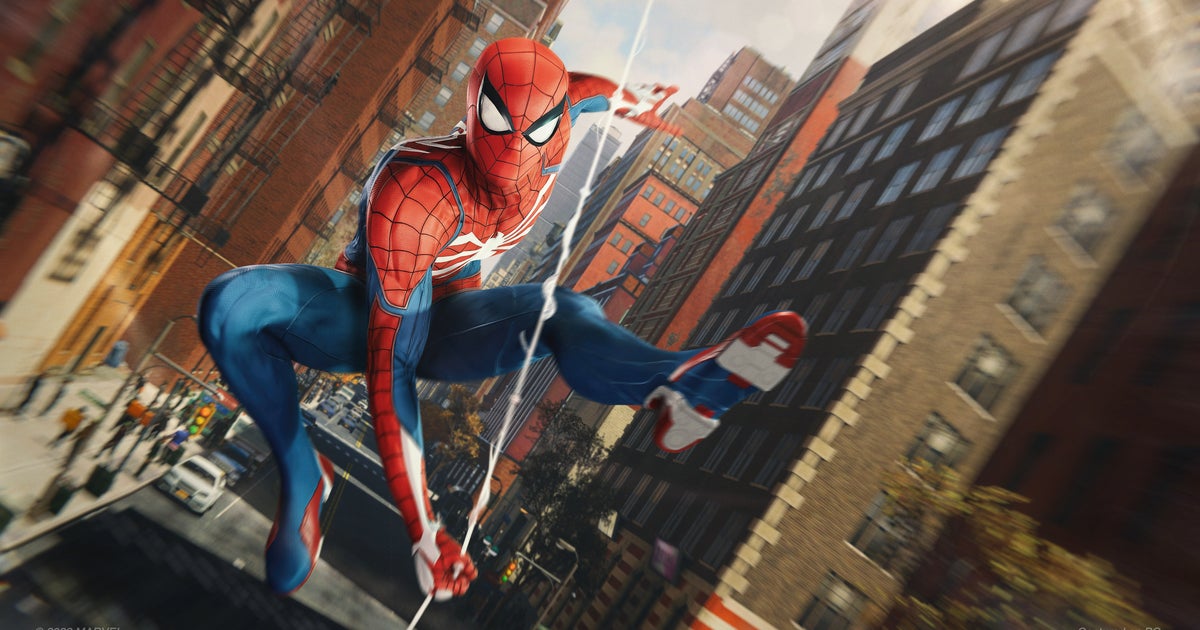Some awesome information in there. Here's a few key points I picked out:
- The high in game CPU overhead in relation to the PS5 seems down to two major items - decompression, which they apparently throw a whole core at(!) - and they mention Direct Storage GPU decompression might address, and API overhead. So perhaps not much room to improve things through patches until DS GPU decompression is up and running. It would be massively interesting to see the impact of that if Nixxes were to patch it in when available.
While it's not perfect without RT, the biggest CPU hit by comparison to the PS5 is with ray tracing, so I'm not sure how much of the CPU limitation most are complaining about is really due to texture decompression as a main factor.
I'd like to see a better benchmark that incorporates more dynamic swinging throughout the city so computerbase.de's CPU benchmarks aren't the best example, but in a CPU limited scenario without RT, there is almost no difference from a 6 core i5 to a 16core i9 in the most stressful moments:
the bigger impact of DirectStorage might come in the form of reduced CPU utilization during gameplay and asset streaming, before lowering initial loading times. Ensuring the highest resolution assets and textures are able to be streamed in incredibly efficiently. Reducing pop-in and stuff like that.
That is still an issue in the latest patch, that some textures on some buildings don't stream in until you get closer, but it's so sporadic I'm not sure if that's just more of a mip bug than a processing limitation. Doesn't really make sense that you would have 95% of the city in perfect clarity while one lone building or patch on a guards uniform is a low-res mip if it's a processing issue.
There's certain aspects of reflections which still exhibit nasty ghosting depending on the glass' material properties, as well as inside reflections seemingly missing interpolation and being quite choppy/delayed. Also puddle reflections can be quite grainy and shimmer a lot, depending on resolution.
Tree shadows also can shimmer pretty significantly vs the PS5 as well, but only under some specific lighting conditions. They have made some DLSS improvements, while ghosting was never a big concern for me there was some horrible black trails in front of lit billboards in times square that they're significantly reduced with later patches.
I'd like to see them continue to fix, tweak, and refine things further... but I am perfectly happy with where the game is right at this moment.
I'll echo what I said in my initial write-up: It's
overall good, but ultimately while the quality of life nods in terms of UI and features are great to see, they still don't necessarily trump final performance for me. As is stands now, you basically need the fastest x86 on the planet to have a hope of maintaining above 60fps with RT, and probably still wouldn't reach the framerate that the PS5 version gets when running with VRR in many situations.
Granted you can do this at a higher res with a top-end GPU (and have a selection that will be much more so in a few months), but I think this is the first time we've seen a release where top-end PC hardware doesn't
greatly outpace the native console version. With the poor frame pacing on lower-end GPU's (and that means anything below a 2060 Super), this is a pretty restrictive title in terms of PC hardware that can just match a console experience, if not beat it. This is not a dig at Nixxes mind you, they may be doing the best they can - but if so, that does speak to either some significant inefficiencies in the PC's architecture or the potential difficulty of ports that are more 'native' to the next gen consoles going forward - most of the ports that have brought over until this have largely been PS4 versions with PS5 patches.


